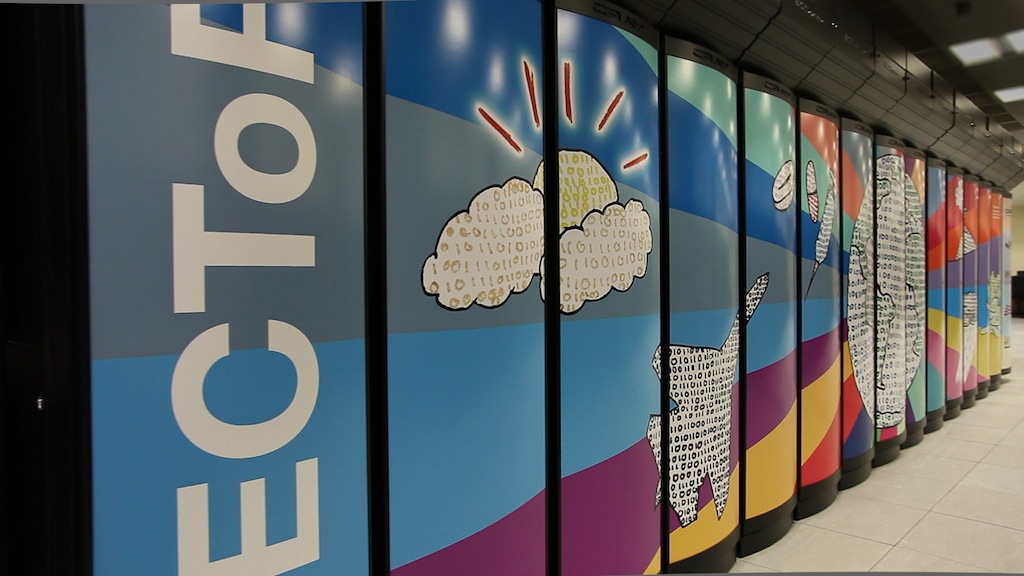RMT for High Harmonic Generation
The objective of this Distributed Computational Science and Engineering (dCSE) project has been to upgrade both the HELIUM code and the RMT code in order to calculate the energy spectra of light scattered by 2-electron atoms in high harmonic generation (HHG) processes.
The RMT method
(R-Matrix with time-dependence) is a new ab initio method for solving the time-dependent Schröedinger Equation for multi-electron atomic systems in intense short laser pulses. RMT merges an outer region finite-difference model (the 2-electron HELIUM code) with a classic B-Spline R-Matrix basis set for the multi-electron inner region. HELIUM is a mature and highly parallel code capable of generating reliable solutions to the general 6-dimensional time-dependent Schröedinger equation for laser-driven 2-electron atoms.
RMT approaches HELIUM in reliability, but is applicable to more complicated atoms frequently used in experiment, like neon and argon. This is important because in the high-frequency XUV limit (now possible with free-electron lasers) inner-shell excitations (modelled well by R-Matrix methods) can be expected to influence or dominate the interaction.
RMT enables theoretical analysis of recent experimental advances with a degree of reliability that would be impossible by competing methods. These experimental domains include time-resolved studies of ionisation events in attosecond time-scales, studies of time-delays between the ejection of electrons in double-ionisation, inner shell excitations and decays in complex atoms, intense-field atom-laser interactions in the XUV limit using the new free-electron x-ray lasers, and harmonic generation in atoms.
The key goals of the project are:
- To develop and test new HELIUM and RMT code for calculating the high harmonic spectra of helium in intense laser radiation.
- To test the scalability of the new RMT code on HECToR phase 3.
- To compare the HHG predictions of HELIUM and RMT.
The individual achievements of the project are summarised below:
- The HELIUM and RMT codes were tested independently of each other to verify that the dipole and the acceleration methods of calculating the energy spectrum of HHG processes gave the same answers. The tests showed that the two methods gave results that agreed over a range of 9 orders of magnitude.
- The RMT code demonstrated speedup on core sizes up to about 1000 cores on a small model of the helium atom.
- The two methods gave good agreement on a series of HHG calculations in the frequency range 0.1168 atomic units to 0.94 atomic units. This series of tests was the first rigorous comparison of RMT results with HELIUM results.
Please see PDF or HTML for a report which summarises this project.
